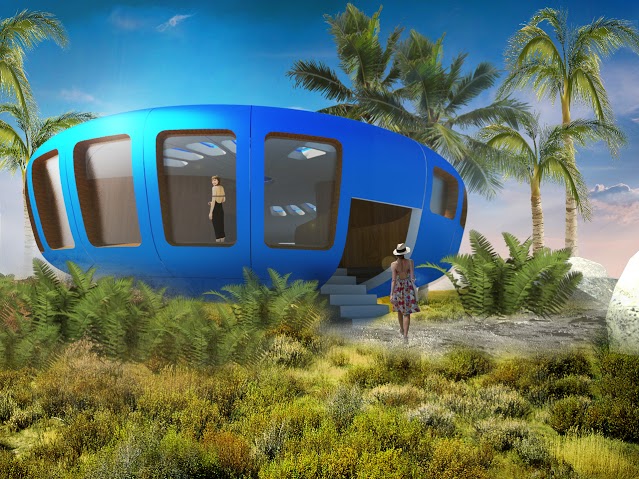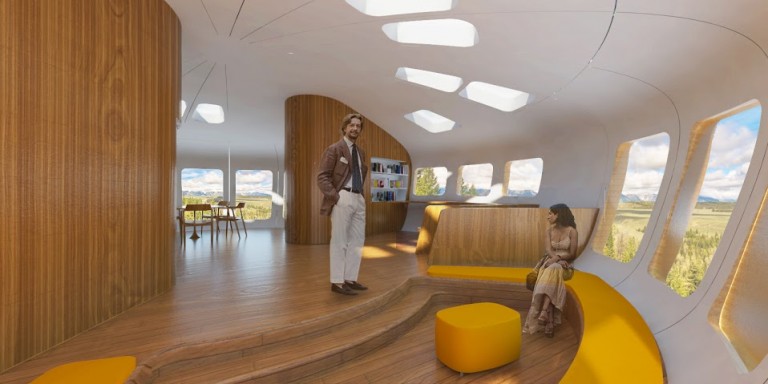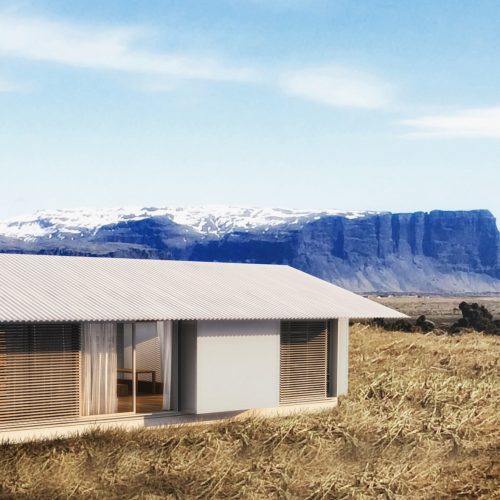New homeowners are looking for unique, greener, and smarter homes that are durable and energy-efficient at the same time. In which case, prefabricated homes remain to be one of the top answers.
Prefabricated homes have been around for a while. From starting as container homes, to expanding to modular, precut, and panelized housing, modern prefab homes have come a long way. In fact, the demand for prefabricated housing is predicted to expand by 15% annually through 2017—reaching 1.1 million units by 2020.
Improved functionality, superior design, and weather-resistance are only some of the main driving factors for the consistently increasing demand for prefab homes. With the innovative architecture based on design and functionality, further modernization of the prefab housing concept have resulted in the development of designer prefab homes. These, then, are undoubtedly the “future-ready” homes that homeowners would love to have.
Here are other features of designer prefab homes that reinforce the idea that this particular type of housing has truly come a long way.
Ability to Be Transported, Disassembled, and Relocated
Unlike traditional homes, prefab homes are built indoors and can be delivered to your location in a matter of weeks. Whether you prefer to live by the beach, in the countryside, or in the city, your prefab home can be transported and delivered to your desired area.
Another key advantage of prefab homes is the convenience that they give. With the parts built off-site, and then assembled on the land you’ve chosen, the build time is comparatively shorter than that of traditional homes. It provides you with a faster time to move into the house of your own, armed with the flexibility that you can’t see anywhere else.
Moreover, should you decide to relocate to another area without necessarily looking for a new house, prefab homes can do that for you.

The Nest Pod by Fernando Romero for Revolution Precrafted
Use of Innovative Technology
As prefab homes are built in indoor factories, all the materials to be used are protected from various weather conditions. This setting also allows faster build-time, as it is usually the weather that’s responsible for certain on-site construction delays.
Since these are factory-built, prefab homes also boast of superior quality in materials. Prefab homes are now known for having a cutting-edge architecture, as well as eco-credentials.
Most prefabrication factories have in-house engineering departments that use Computer Aided Design (CAD). This particular technology allows the owner to visualize their home even before materials are measured. The use of new technologies in prefabrication also provides a higher precision in the home construction.
Quality Designs by World-Class Architects, Designers and Artists
Prefabricated homes are very customizable. Since the entire house can be designed on an architecture software, homeowners have the freedom to choose what rooms they would like to have, what kind of flooring they want for this particular room, or how high or low their ceiling should be like. All it takes is a discussion with your prefab home supplier to easily see what your future home will look like.
Homeowners are given a wide range of designs to choose from, with ready-made home designs made in collaboration with top designers available too. Revolution Precrafted, offers their clientele pre-crafted properties designed by none other than leading architects, designers, and artists like Tom Dixon, Marmol Radziner, and Marcel Wanders to name a few. You just have to decide which design suits your style best.
With prefab homes, you can be assured that you would get exactly what you want through flexibility that prefabrication technology allows, unlike in traditional stick-frame builds.

Interior perspective of the Nest Pod
Greener Home
As the house components are built in the factory with the help of an architecture software, this results in reductions of construction wastes. Further, some factories also recycle and renew materials.
Most prefab factories use green building codes in their construction. Think of insulated walls, motion-sensing faucets, energy-efficient windows, and bamboo flooring as a few of the innovative materials that help owners live in an environmentally-friendly home without having to sacrifice prestige and style.
Prefab homes are the homes of the future. The exceptional convenience, cutting-edge architecture and eco-efficiency are everything that a homeowner would love to invest in, especially in these changing times.
As prefabrication gradually takes over real estate, we can only expect that designer prefab homes are completely future-ready. Invest in your future.




